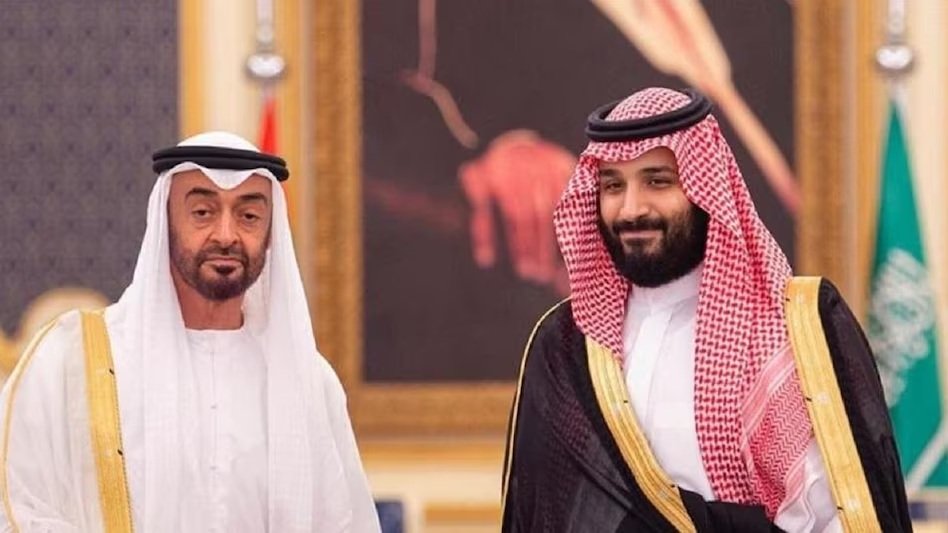Why there has been constant infighting amongst the Muslim countries, lately?


These days, there has been fierce competition for money and power between the two largest economies of the Gulf, Saudi Arabia and the United Arab Emirates (UAE). In January, Middle East leaders attended a summit in the UAE capital Abu Dhabi, in which Saudi Arabia’s Crown Prince Mohammed bin Salman was absent. His absence at the summit caught the attention of the entire world and sent a clear message that all is not well between Saudi Arabia and the UAE.
Last December, UAE’s top leader President Mohamed bin Zayed Al Nahyan also skipped the high-profile Sino-Arab summit held in the Saudi capital, Riyadh. Gulf officials told Bloomberg that Crown Prince Mohammed bin Salman and the UAE president deliberately stayed away from these conferences. Saudi Arabia and the UAE are still formally allies, but the two continue to compete for increased foreign investment and influence in the oil market. In this competition, both the countries stand against each other on many fronts.
Earlier the disagreements between the two countries were behind closed doors but now many such news are coming out fast in which the tension between the two countries is clearly visible. This disagreement between the two neighboring allies has come to the fore at a time when Iran is working towards increasing its influence in the Middle East. The role of OPEC has become very important amid the rise in crude oil prices due to the Russia-Ukraine war. In such a situation, this tension between the two neighbors is harmful for the Middle East and the whole world.
Efforts to reduce tension failed
Sources said that to reduce this tension, UAE’s National Security Advisor Sheikh Tahnoon bin Zayed Al Nahyan, close to Crown Prince Salman, visited Saudi several times. During his visit, Nahyan met Prince Salman but he failed to reduce the tension between the two countries. Some sources also say that after the January summit in Abu Dhabi, Crown Prince Salman once refused to even meet Sheikh Tahnoon.
According to a report in The Wall Street Journal, Sheikh Mohammed bin Zayed Al Nahyan of the United Arab Emirates was once the mentor of the Saudi Crown Prince. A few years ago, he went camping in the vast desert of Saudi. But in recent years, there has been a huge disagreement between the two leaders regarding leadership and both have now parted ways.
‘Until a few years ago, such differences between the two were unheard of and are now becoming increasingly common,’ says Dina Esfandari, senior advisor for the Middle East and North Africa at the International Crisis Group.
The officials of both the countries have not commented on the ongoing differences between the two leaders. The officials of both the countries, however, keep trying to show that everything is normal between the two countries. In February, UAE foreign-policy advisor Anwar Gargash confirmed the UAE’s unity with Saudi Arabia in a tweet, saying reports about a change in Gulf alliances were false. Gargash wrote that such reports create division at a time when the region needs solidarity.
The biggest reason for tension between
Saudi Arabia and UAE is Yemen. Both countries are competing to increase their power in war-torn Yemen. Civil war started in Yemen in 2014. The military alliance of UAE and Saudi Arabia intervened in this war in the year 2015. Iran-backed Houthi rebels control Yemen’s north, while much of the south is controlled by the internationally recognized government. The war between the two sides is still going on.
Gulf officials said that the United Arab Emirates had withdrawn most of its security forces from Yemen in the year 2019. Saudi Arabia is now negotiating with the Huthi rebels to end the war. In such a situation, the UAE fears that Saudi Arabia will isolate it in Yemen. The UAE wants to maintain its strategic influence in the southern part of Yemen. He is also trying to increase his influence in the Red Sea so that he can easily do his business with the countries of the world.
DISCLAIMER: The author is solely responsible for the views expressed in this article. The author carries the responsibility for citing and/or licensing of images utilized within the text.
